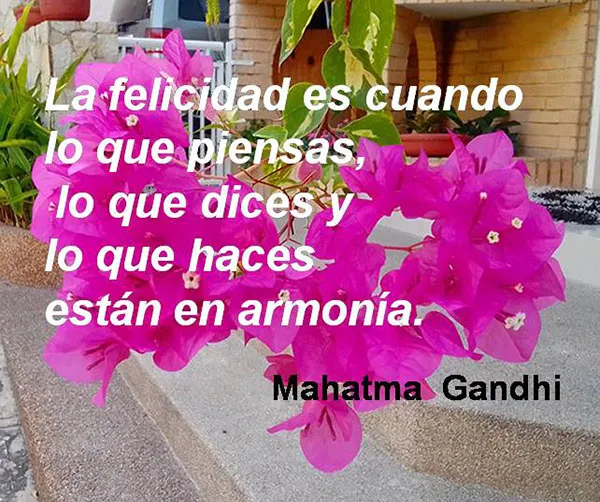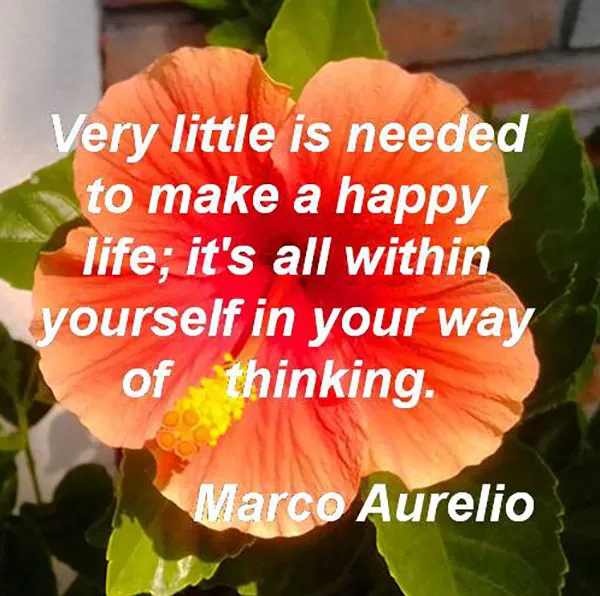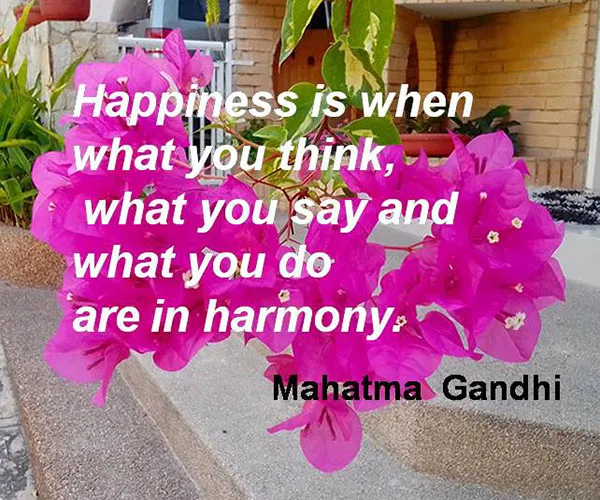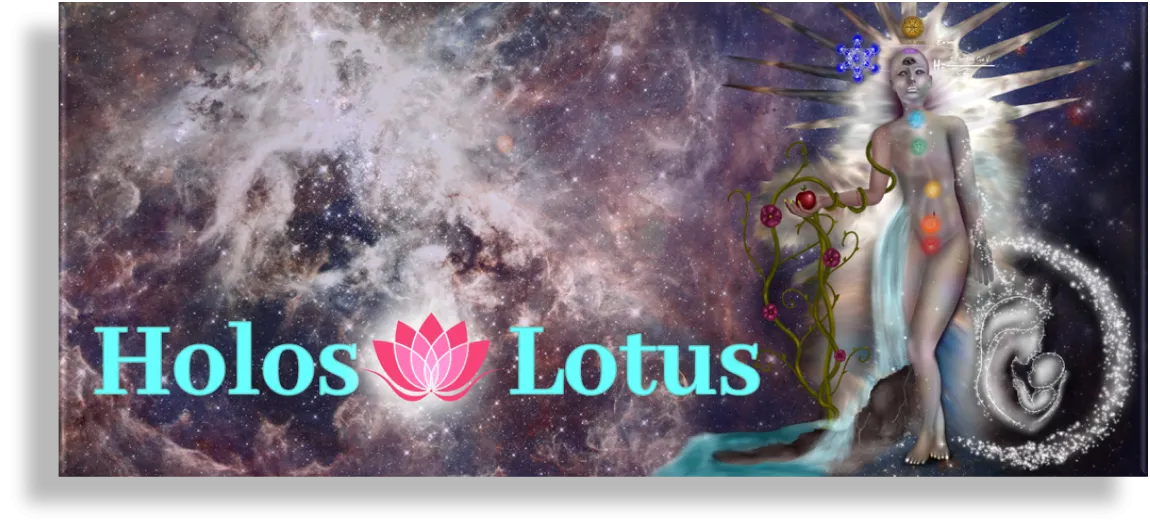
Aprender a ser feliz

De verdad, ¿Eso de ser feliz se puede aprender? La felicidad es una de las ideas que han sido más definidas y discutidas: filósofos de todas las épocas se han ocupado de ella, los poetas la pregonan, los científicos la escudriñan, las religiones la prometen y los “normalitos” la sentimos y la disfrutamos.
Para unos la felicidad es un camino, siempre la llevamos puesta como posibilidad, otros la ubican en una parte muy profunda de cada uno, se encuentra en nuestro interior y es allí donde podemos limpiar, despojar, soltar para que emerja con infinita claridad; hay quienes nos invitan a valorarla desde lo que tenemos y no desde lo que no tenemos y también quien afirma que se encuentra en la coherencia entre lo que se piensa, se dice y se hace.
Si alguna vez te has detenido a pensar ¿Qué es la felicidad, dónde se encuentra o cómo hallarla? es probable que las respuestas no la hayas encontrado en los libros ni en las frases famosas porque cada uno construye su propia definición de felicidad y desde allí la vive, lo que sí me parece cierto es que todo el que ha dedicado tiempo a reflexionar sobre ella encuentra una respuesta común: La felicidad esta en nuestro interior, en nuestro ser, hacer, tener y sentir.

Quizás, si somos muy racionales o “realistas”, pensemos que eso no es tan cierto porque hay circunstancias que… la lista puede ser larga para justificar, ello obedece a que a todos, sin excepción, se nos presentan situaciones difíciles, conflictivas donde podemos sentirnos infelices. Pensar que la felicidad es un estado continuo, eso sí que no es realista, porque en la vida el único estado continuo es cuando esta se apaga. Imagina un Electrocardiograma: sube, baja, reposo; sube, baja, reposo, reposo, reposo… ya no estás en este plano. La vida, afortunadamente, está llena de altos, bajos y reposos no continuos.
Entonces pudiésemos decir que la felicidad está relacionada con la manera como asumimos la vivencia, íntimamente unido a la percepción, las creencias, en cómo afrontamos nuestras realidades, desde esta idea central es posible pensar que podemos aprender a ser felices porque si ubicamos la felicidad fuera de nosotros siempre habrá un algo que no nos deje sentirla, algo similar a lo que Chaplin, con su famosa frase, nos quiso decir: “Si de noche lloras por el sol, nunca verás las estrellas”
¿Existe un manual para ser felices? Ni idea, pero si existiese, seguro estaríamos escogiendo con pinzas lo que nos pudiese servir. Lo que si podemos aprender, con toda seguridad, es a hurgar dentro de nosotros para identificar, reconocer qué nos hace feliz y a partir de allí realizar acciones, conscientes, deliberadas, intencionadas para procurarnos la mayor felicidad posible. Este planteamiento nos conduce a dos planteamientos: ¿Cómo busco dentro de mí lo que me hace feliz? Y una vez que lo encuentro ¿Cuáles son esas acciones intencionadas para procurarme felicidad. Comentemos cada una:

¿Cómo encuentro dentro de mí lo que me hace feliz?
1.- Define que es la felicidad para ti. Para hallar algo tienes que saber que es ese algo. Encuentra tu definición de felicidad, para ello, nada mejor que hacerte preguntas y darte respuestas, algunas que pueden ayudarte:
¿Soy feliz cuándo…? ¿Qué emociones y sentimientos tengo en ese momento? ¿Con qué frecuencia me siento así?, ¿Me gusta sentirme así? ¿Me resulta fácil sentirme así?
2.- Obsérvate. Presta atención a lo que sientes, identifica tus emociones y sentimientos, el tiempo que pasas en esa emoción, la frecuencia con que esa emoción llega a ti.
3.- Haz una lista de palabras asociadas a la felicidad y cotéjala con tu sentir. Te identificas con ellas, las encuentras en tu sentir.
4.- Lee frases y definiciones de felicidad. Encuentra la que mejor va contigo, esa que se acerca a lo que sientes que es la felicidad, aquella que tomarías como tu verdad. Internaliza, redefine y construye tu propia versión.
Una vez que definiste lo que es para ti la felicidad ahora si es el momento de acudir a la variedad de recetarios existente, que es súper abundante, y que nos dan ideas fabulosas para procurarnos felicidad. Por mi parte te propongo que atiendas las cuatro aristas fundamentales: Ser, hacer, tener y sentir. Veamos:

Acciones intencionadas para procurarme felicidad
1.- El Ser: Qué te hace feliz: ser amable, compartir con las personas, ayudar a otros, estar sola o solo, ser cariñosa, trabajadora, responsable, comprometida, pues adelante procúrate todas las oportunidades que tengas para desarrollar esa persona que eres.
2: Tener: Aquí entra lo material e inmaterial, quizás lo más importante es este aspecto es agradecer por lo que tienes, aquello que deseas y quieres tener va más encaminado a los proyectos y metas que te propongas por lo que entran en el hacer.
3.- El hacer: Es tan amplio y variado que incluye cualquier actividad que disfrutes y te proporcione: satisfacción, gusto, bienestar. El trabajo que es un aspecto determinante en nuestras vidas, por el tiempo que le dedicamos o porque probablemente es nuestra principal fuente de ingreso, míralo con benevolencia, agradecimiento y sobre todo disfrútalo, si no es el trabajo que quieres y no lo puedes cambiar en este momento, búscale las cosas positivas, seguro las tiene, pon tu empeño para mejorar esa relación porque allí pasamos un buen espacio de nuestra vida.
Por lo demás, alimenta a día a día con algún hacer que te renueve: leer, escribir, cantar, bailar, caminar, cocinar, reparar objetos, crear,… más infinito.
4.- El Sentir: Algunas emociones y sentimientos que yo asocio con la felicidad son: la alegría, la paz, la tranquilidad, la satisfacción, el bien-estar, el entusiasmo, la pasión, la gratitud y de manera consciente realizo acciones que me lleven a sentirlas, entre ellas: compartir con mi familia, amigas y pareja, ponerme metas y alcanzarlas, practicar el mindfulness, ejercitar el silencio, plantearme nuevos proyectos y encontrar diariamente muchas cosas para agradecer.
Ahora te invito a compartir: —¿Qué haces para procurarte felicidad?

Gracias por ser y estar
@damarysvibra

Learning to be happy

Is it really possible to learn how to be happy? Happiness is one of the ideas that have been most defined and discussed: philosophers of all times have dealt with it, poets proclaim it, scientists scrutinize it, religions promise it and we "normal people" feel it and enjoy it.
For some, happiness is a path, we always carry it as a possibility, others place it in a very deep part of each one of us, it is found in our inner self and it is there where we can clean, strip, let go so that it can emerge with infinite clarity; there are those who invite us to value it from what we have and not from what we do not have and also those who affirm that it is found in the coherence between what we think, say and do.
If you have ever stopped to think about what happiness is, where it is found or how to find it, it is likely that you have not found the answers in books or in famous phrases because everyone builds their own definition of happiness and lives it from there, what I do think is that everyone who has spent time reflecting on it finds a common answer: Happiness is within us, in our being, doing, having and feeling.

Perhaps, if we are very rational or "realistic", we think that this is not so true because there are circumstances that... the list can be long to justify, this is because we all, without exception, are presented with difficult, conflictive situations where we can feel unhappy. To think that happiness is a continuous state, that is not realistic, because in life the only continuous state is when it is turned off. Imagine an electrocardiogram: up, down, rest; up, down, rest, rest, rest, rest... you are no longer in this plane. Life, fortunately, is full of ups, downs and non-continuous rests.
So we could say that happiness is related to the way we assume the experience, intimately linked to perception, beliefs, in how we face our realities, from this central idea it is possible to think that we can learn to be happy because if we locate happiness outside of us there will always be something that does not let us feel it, something similar to what Chaplin, with his famous phrase, wanted to tell us: "If at night you cry for the sun, you will never see the stars".
Is there a manual to be happy? No idea, but if there were, we would surely be choosing with tweezers what could be useful to us. What we can learn, for sure, is to look inside ourselves to identify and recognize what makes us happy and from there to take conscious, deliberate and intentional actions to achieve the greatest possible happiness. This approach leads us to two questions: How do I look within myself for what makes me happy? And once I find it, what are those intentional actions to bring me happiness? Let us comment on each one:

How do I find within myself what makes me happy?
1.- Define what happiness is for you. To find something you have to know what that something is. Find your definition of happiness, for this, nothing better than to ask yourself questions and give you answers, some that can help you:
Am I happy when...? What emotions and feelings do I have at that moment? How often do I feel this way? Do I like feeling this way? Is it easy for me to feel this way?
2.- Observe yourself. Pay attention to what you feel, identify your emotions and feelings, the time you spend in that emotion, the frequency with which that emotion comes to you.
***3.- Make a list *** of words associated with happiness and match it with your feelings. You identify with them, you find them in your feelings.
4.- Read phrases and definitions of happiness. Find the one that best suits you, the one that comes closest to what you feel is happiness, the one that you would take as your truth.Internalize, redefine and build your own version.
Once you have defined what happiness is for you, now is the time to turn to the variety of existing recipes, which is super abundant, and that give us fabulous ideas to procure happiness. For my part, I propose that you pay attention to the four fundamental aspects: Being, doing, having and feeling. Let's see:

Intentional actions to procure happiness.
1.- Being: What makes you happy: being kind, sharing with people, helping others, being alone or lonely, being loving, hardworking, responsible, committed, well, go ahead and get all the opportunities you have to develop the person you are.
2.- To have: Here enters the material and immaterial, perhaps the most important in this aspect is to be grateful for what you have, what you want and want to have is more directed to the projects and goals that you propose so they enter into the doing.
3.- Doing: It is so wide and varied that it includes any activity that you enjoy and provides you with satisfaction, pleasure and well-being. Work is a determining aspect in our lives, because of the time we dedicate to it or because it is probably our main source of income, look at it with benevolence, gratitude and above all enjoy it, if it is not the job you want and you cannot change it at this moment, look for the positive things, it surely has them, put your efforts to improve that relationship because we spend a good part of our lives there.
For the rest, feed every day with something that renews you: reading, writing, singing, dancing, walking, cooking, repairing objects, creating, ... more infinite.
4.- Feeling: Some emotions and feelings that I associate with happiness are: joy, peace, tranquility, satisfaction, well-being, enthusiasm, passion, gratitude and I consciously take actions that lead me to feel them, among them: sharing with my family, friends and partner, setting goals and achieving them, practicing mindfulness, exercising silence, considering new projects and finding many things to be grateful for on a daily basis.
Now I invite you to share: -What do you do to bring you happiness?

Thank you for being and being
@damarysvibra
Translated with www.DeepL.com/Translator (free version)
Fuente de imágenes: Archivo personal. Trabajadas en PowerPoint

Si quieres ser parte activa de esta comunidad puedes escribir y compartir tu contenido en Holos & Lotus, comentar y apoyar las publicaciones de otros usuarios o realizar delegación de HP a la comunidad. Si deseas más información puedes contactar a @miriannalis, @yonnathang, @chaodietas o @pavanjr.
- Banner elaborado en Canva con los elementos disponibles en su versión gratuita /
- Banner elaborated in Canva with the elements available in its free version.
- Banner de la Comunidad diseñada por la artista berlissanoja / Community Banner designed by artist berlissanoja
- Logo de la Comunidad elaborado por el diseñador casilokodesign / Community logo designed by designer casilokodesign



